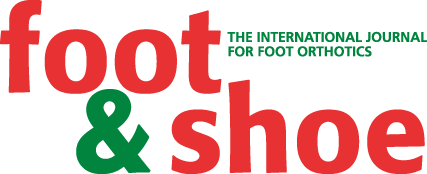Tell me what you want. What you really, really want!

What is the most important thing when manufacturing an assistive device? According to Jessica Hohenschon and Fred Holtkamp, it is understanding what the patient really needs. In their English-language seminar “Understanding User Practices for a Better Design of Assistive Devices”, at the ORTHOPÄDIE SCHUH TECHNIK Congress in Cologne on Friday, October 24, 2025, they will explain why this point is often overlooked and how to ascertain what patients actually want.
Patients with orthopedic problems often use assistive devices, e.g., ankle-foot orthoses and therapeutic footwear, to support their mobility an improve their quality of life. Assistive devices, such as ankle-foot orthoses and therapeutic footwear, are prescribed and designed to improve mobility and to support physical activity, thus attributing in a positive way to quality of life of their users.
However, to be effective, assistive devices should be used daily by those for whom they were prescribed. But many users are not satisfied with their devices or do not use them at all,
A main cause for this lies in the process of drawing up requirements. Orthopedic experts seem to have too little insight in the different areas of life of patients leading to deficient design requirements. In this seminar a general approach—the so-called Triple I model—is presented to understand the different area of life of patients.
The model reflects the perspective of both the craftsman and the patient and also includes the network and stakeholders of both groups, who can make demands and influence decisions when designing assistive devices. With the help of this model, it is possible to pay more attention to the needs of the patient and what they would like to use their assistive device for. This provides the basis for a consistent use.
Book your ticket here:









